
What is Experiential Marketing?
Experiential marketing creates immersive, real-world experiences that connect consumers with brands through interaction, emotion, and engagement. It is a strategic way to build meaningful connections, ensuring that your brand leaves a lasting impression on your target audience.
By moving beyond traditional advertising, experiential marketing delivers moments that resonate deeply with consumers. At Matriarch, we’ve been at the forefront of experiential marketing for over 25 years, creating authentic experiences that foster trust, loyalty, and brand advocacy. Discover more about our journey here.
Why Experiential Marketing Matters in Today’s Digital Age
In today’s hyper-digital environment, where consumers are bombarded with advertisements on every platform, experiential marketing offers a unique opportunity to cut through the noise. It brings brands face-to-face with their audiences, creating moments that are as tangible as they are memorable.
The Human Connection
While digital marketing is excellent for reaching large audiences, it often lacks the personal touch. Experiential marketing bridges this gap, enabling brands to form genuine connections with consumers in ways that screens cannot replicate. These campaigns humanize brands, turning passive viewers into active participants.
Amplifying Impact Online
Experiential marketing also has the power to enhance your online presence. Engaging activations encourage attendees to share their experiences on social media, resulting in organic, user-generated content that amplifies reach. A creative activation can quickly go viral, bringing your brand to the forefront of digital conversations.
Craving Authenticity
Consumers are increasingly fatigued by overly curated online content, yearning for authenticity. Experiential marketing addresses this need by offering real, unfiltered interactions that consumers can trust. Explore more on how experiential marketing aligns with this shift here.
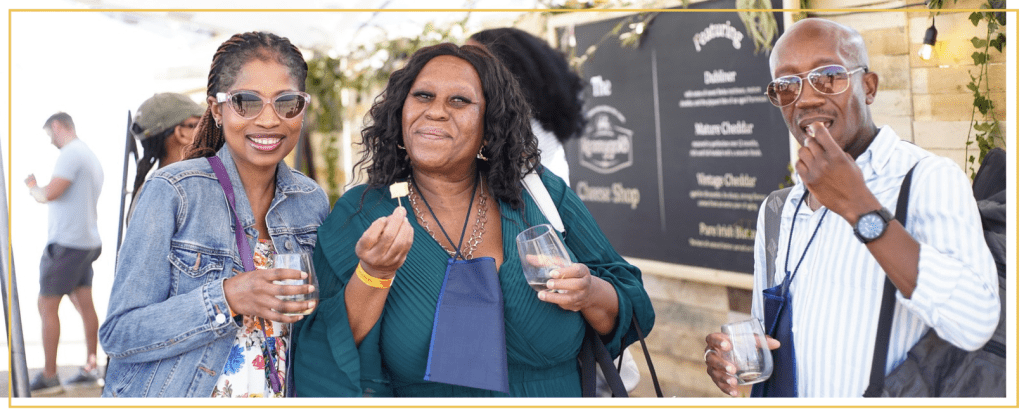
Key Benefits of Experiential Marketing
1. Enhanced Brand Awareness
Experiential marketing makes your brand memorable. By creating unique interactions, it ensures consumers recall your brand when making purchasing decisions.
2. Deeper Consumer Engagement
Experiential campaigns invite two-way communication, allowing consumers to actively engage with your brand rather than passively consume your message.
3. Driving Conversions
Offering consumers a hands-on experience with your product significantly increases the likelihood of immediate purchases and long-term loyalty.
4. Building Loyalty
Personalized interactions demonstrate that your brand values its customers, creating advocates who remain loyal over time.
5. Amplifying Reach
Through shareable moments and user-generated content, experiential campaigns extend their impact far beyond the event itself.
6. Maximizing ROI
When done strategically, experiential marketing drives tangible results, from increased sales to invaluable consumer insights. Learn how to maximize ROI here.
Types of Experiential Marketing Activations
Brand Activations
Brand activations are designed to create a buzz around your brand, whether through product launches, rebranding campaigns, or seasonal promotions. These activations immerse audiences in your brand story, fostering deeper connections.
Best suited for: Launching new products, rebranding, or creating awareness.
Explore an example of a brand activation here.
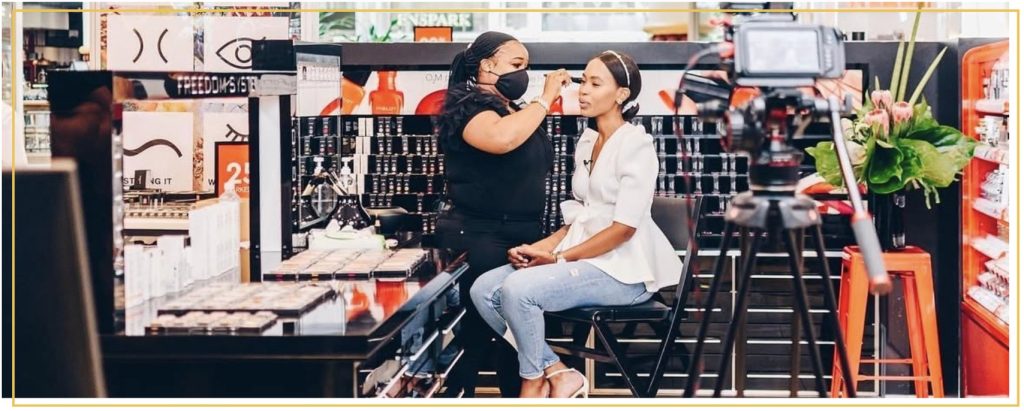
Mall Activations
Mall activations transform bustling mall environments into vibrant hubs of brand engagement. These campaigns leverage the naturally high foot traffic in malls, reaching diverse audiences who are already in a shopping mindset and open to discovering new products or experiences. By incorporating creative setups, eye-catching displays, and engaging live demonstrations, mall activations create memorable interactions that captivate and delight consumers.
These activations are also an excellent platform for seasonal promotions, product launches, or simply increasing brand visibility within a dynamic, high-energy setting.
Best suited for: Amplifying brand visibility, driving immediate sales, launching products, and connecting with a wide and varied audience in a ready-to-engage environment.
See an example of a mall activation here.
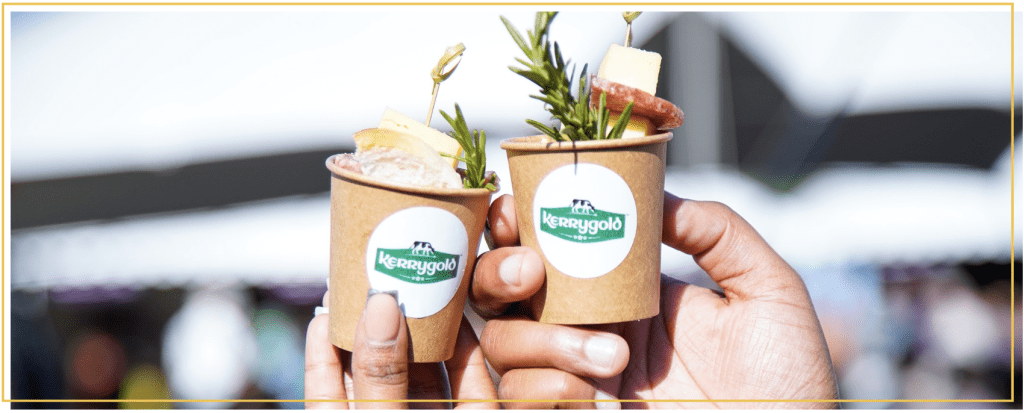
Sampling Campaigns
Sampling campaigns give consumers a firsthand taste of your product, building trust and encouraging trial by allowing them to experience its quality and value directly. This hands-on approach not only increases brand awareness but also creates memorable interactions that can lead to lasting customer loyalty. Ideal for food, beverage, and beauty brands, sampling campaigns are a proven way to overcome purchase hesitation, particularly for new or niche products. By delivering an authentic product experience, they bridge the gap between curiosity and purchase, fostering confidence in your brand.
Best suited for: Introducing new products, driving immediate trial, and creating strong first impressions among potential customers.
See an example of a sampling campaign here.
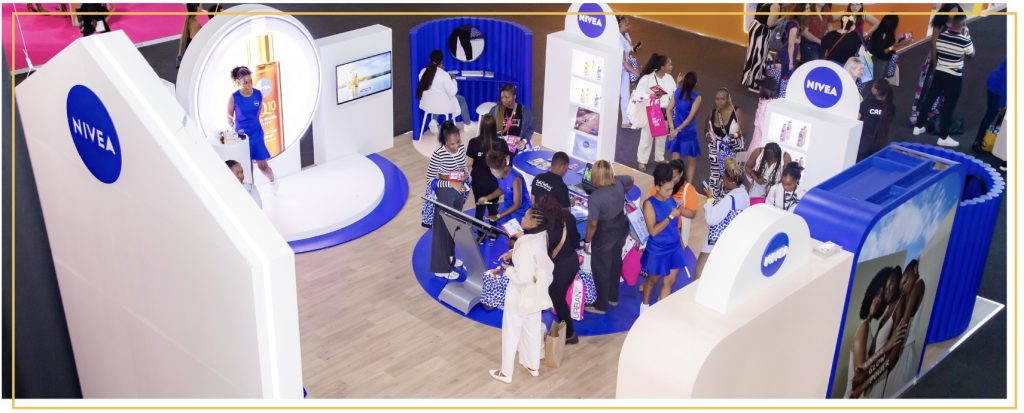
Exhibitions
Exhibitions are ideal for showcasing your brand in a professional, curated setting, providing an unparalleled opportunity to engage directly with B2B audiences or niche industries. These activations not only highlight your brand’s innovation and offerings but also position your business as an authority within your sector. Exhibitions offer a dynamic platform to present your products or services in a tangible, interactive way while fostering meaningful connections with key decision-makers and industry peers. The direct interaction allows for real-time feedback, insights, and the chance to demonstrate expertise that builds trust and credibility.
Best suited for: Networking, establishing authority, showcasing expertise, and generating valuable leads within targeted industries.
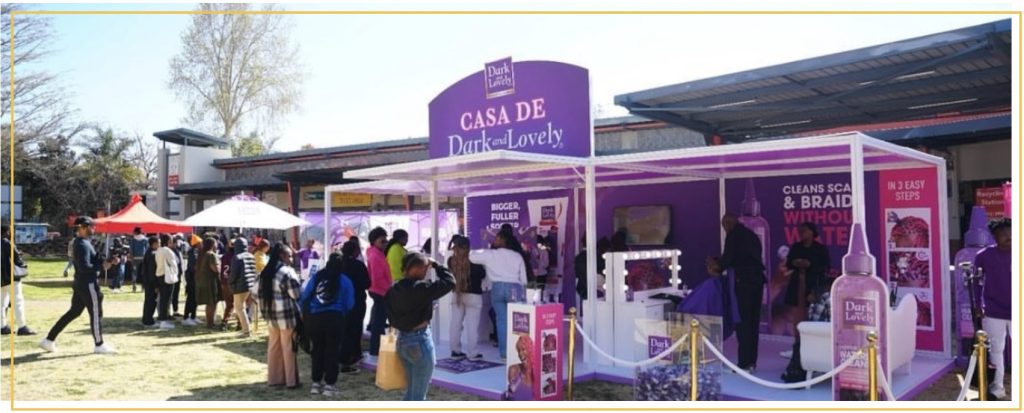
Roadshows
Roadshows bring your brand to diverse audiences by traveling to multiple locations. They’re particularly effective for creating awareness and engaging with consumers in underserved areas.
Best suited for: Nationwide campaigns or regional activations.
See an example of a roadshow here.
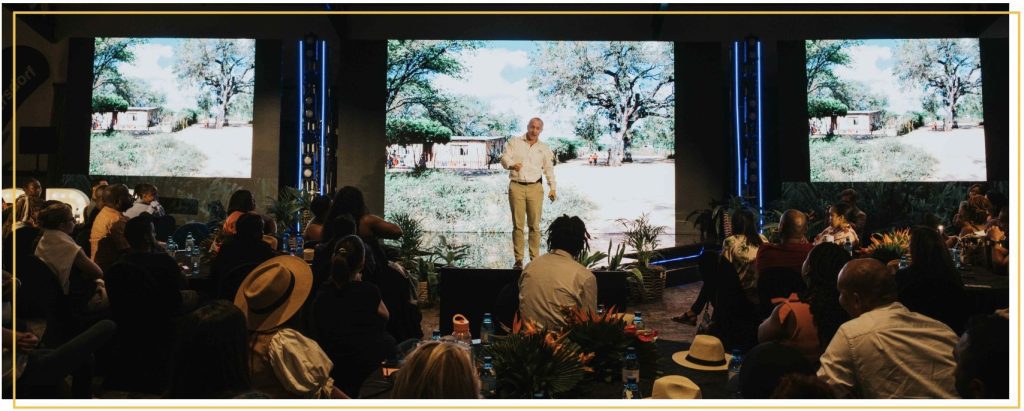
Conferences
Conferences position your brand as a thought leader, combining interactive displays, workshops, and presentations. They offer a platform to engage professionals while building authority.
Best suited for: Industry-focused campaigns and knowledge-sharing initiatives.
Discover a conference activation here.
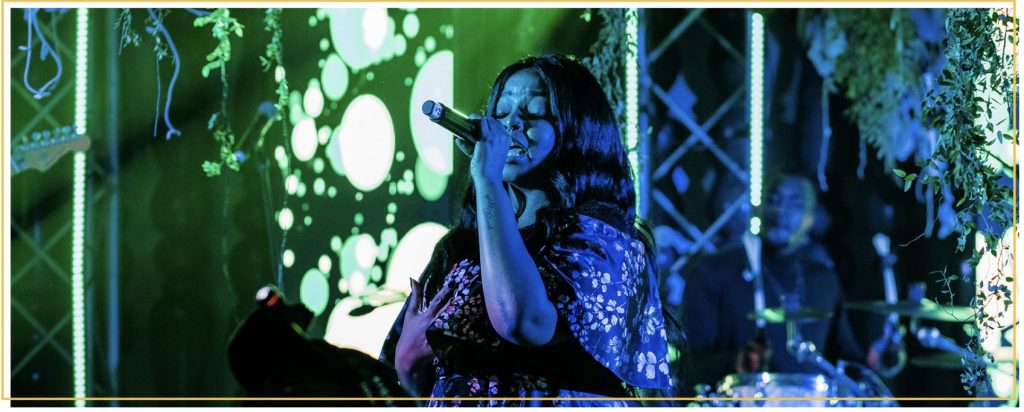
Events
From festivals to corporate launches, events bring brands to life by combining entertainment, education, and interaction. These large-scale activations generate excitement and create lasting memories.
Best suited for: Large-scale celebrations, brand anniversaries, or festivals.
Explore an event activation here.

Sponsorships
Sponsorships provide brands with a powerful opportunity to align with events, festivals, or community initiatives, gaining valuable exposure and credibility. At Matriarch, we maximise sponsorship impact by creating engaging, on-brand activations that resonate with audiences and align with the event’s core theme.
Whether through interactive zones, live experiences, or shareable moments, we ensure sponsors connect meaningfully with attendees while amplifying reach both on the ground and online.
Best suited for: Enhancing visibility, creating authentic connections, and driving sponsorship ROI.
In-Store Activations
In-store activations directly engage shoppers at the point of purchase, encouraging sales through product demonstrations and sampling. These activations target consumers during their decision-making moment, driving conversions effectively.
Best suited for: Boosting sales and fostering product familiarity.

Stokvel Activations
Stokvel activations tap into South Africa’s R50 billion collective buying power, fostering trust and brand loyalty through tailored campaigns for this vital market segment.
Best suited for: Engaging community-driven consumer groups.
Read about effective stokvel strategies here.

Experiential Marketing vs. Traditional Advertising
Experiential marketing sets itself apart from traditional advertising by focusing on two-way communication. Where traditional ads might tell you about a product, experiential marketing shows you why it’s valuable, creating trust and loyalty that static campaigns often struggle to achieve.
Key Elements of an Experiential Marketing Campaign
Crafting a successful experiential marketing campaign requires a strategic approach, blending creativity, execution, and consumer insight. Here are the essential elements to consider:
1. Clear Objectives
Every campaign begins with defining clear, measurable goals. Are you looking to increase brand awareness, boost product trial, or drive sales? Understanding your objectives ensures that all elements of the campaign align to achieve them effectively.
For example:
- Objective: Launch a new product
- Tactic: Sampling campaign in high-traffic locations
- Metric: Product trials and conversion rates
2. Understanding Your Audience
Knowing your target audience is the cornerstone of experiential marketing. Dive deep into their demographics, preferences, and behaviour to create campaigns that resonate. Ask:
- Where does your audience spend their time?
- What kind of experiences excite and engage them?
- How do they share experiences (e.g., social media)?
A family-friendly roadshow will look vastly different from a youth-focused festival activation. Tailoring the experience to your audience ensures greater participation and impact.
3. Creating Immersive Experiences
An experiential campaign must be immersive—captivating the senses and emotions of your audience. From eye-catching visuals to interactive activities, the experience should make your brand unforgettable.
Some key tactics include:
- Interactive Installations: Gamified zones, digital touchpoints, or live art displays.
- Sensory Engagement: Taste, sound, visuals, or even scents (e.g., food sampling or fragrance zones).
- Personalisation: Tailoring experiences to individuals, such as customised product demos.
4. Brand Storytelling
Storytelling is at the heart of experiential marketing. Instead of focusing solely on your product, share your brand’s story. Create moments that allow consumers to become part of the journey, transforming them into brand advocates.
Example: NIVEA’s award-winning stand at Clicks Beauty Playground didn’t just showcase products—it offered attendees personalised skincare consultations, connecting them to the brand in a meaningful way.
5. Seamless Integration with Digital
While experiential marketing focuses on real-world engagement, its impact can multiply online. Design campaigns with shareable moments:
- Create branded hashtags for social media.
- Set up photo booths or selfie spots.
- Encourage user-generated content (UGC).
Tip: Incorporating QR codes or interactive digital tools ensures attendees can engage further, whether by learning more or purchasing online post-event.
6. Post-Event Engagement
The campaign doesn’t end when the event does. Follow up with attendees through personalised emails, social media shout-outs, or exclusive offers to keep the relationship alive.
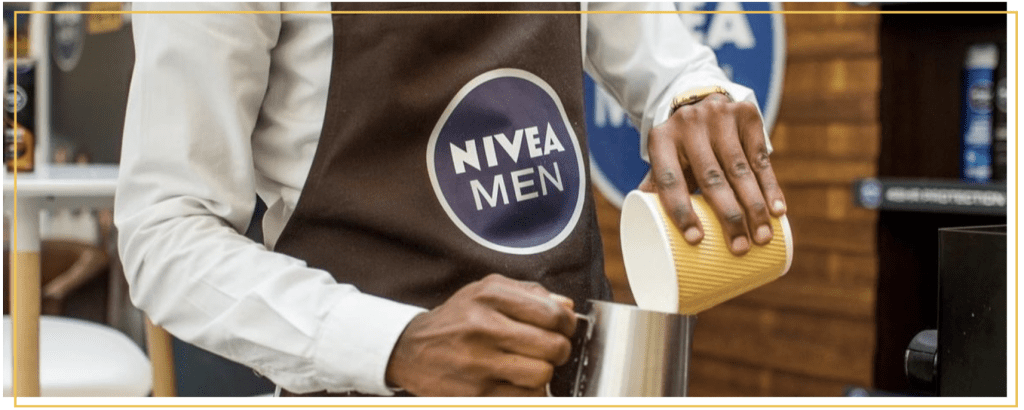
How to Craft an Experiential Marketing Campaign: A Step-by-Step Guide
Creating a successful experiential marketing campaign involves a combination of strategy, creativity, and meticulous planning. Here’s how to bring a campaign to life, step by step:
Step 1: Define Your Campaign Objectives
Before diving into ideas, outline your campaign’s purpose. Ask:
- What is the ultimate goal (awareness, trial, sales, loyalty)?
- How will success be measured (foot traffic, engagement, sales, UGC)?
Example: For a new beverage launch, the goal could be to distribute 10,000 samples across malls nationwide.
Step 2: Know Your Audience Inside Out
Conduct thorough research to understand who your target audience is, where they are, and what resonates with them. Use surveys, focus groups, or market research to gather insights on their preferences and behaviour.
Tip: If your audience includes Gen Z, focus on interactive and highly shareable experiences like gamified zones or influencer-led activations.
Step 3: Design the Experience
The design phase is where creativity shines. Plan an experience that aligns with your objectives and speaks to your audience. Ask:
- What format suits the campaign best? (e.g., roadshow, sampling, exhibition).
- How will the audience engage? (e.g., product demo, gamified challenges, sensory zones).
- How can digital be integrated? (e.g., live social sharing, AR/VR activations).
For example, a mall activation for a new skincare product could feature:
- Skincare consultations.
- Product sampling stations.
- Branded photo zones for social sharing.
Step 4: Plan the Logistics
Behind every successful experiential campaign is flawless execution. Consider the following:
- Location: Secure the right venue or high-footfall spaces.
- Set-Up: Design eye-catching installations that are on-brand and visually engaging.
- Staffing: Hire and train brand ambassadors to engage attendees and represent your brand professionally.
- Timelines: Map out pre-event prep, live activations, and post-event follow-ups.
Step 5: Promote the Campaign
Build excitement before your activation through multi-channel promotion:
- Social Media Teasers: Share sneak peeks, countdowns, or influencer collaborations.
- Email Marketing: Send invites to loyal customers or key audiences.
- PR Outreach: Engage media partners to amplify reach.
Encourage your audience to participate by teasing special offers, exclusive products, or exciting surprises during the activation.
Step 6: Measure Impact and Results
Once the campaign ends, evaluate its performance to understand its success and ROI. Key metrics include:
- Foot Traffic/Participation: How many attendees interacted?
- Engagement: Number of shares, UGC, and social mentions.
- Conversions: Sales or sign-ups generated through the campaign.
- Sentiment Analysis: Feedback from consumers (surveys or testimonials).
By analysing these insights, you can optimise future campaigns for even greater impact. Learn more about measurements that matter.
Pro Tip: Experiential campaigns can deliver invaluable qualitative data. Use post-event surveys or conversations to gather consumer insights.
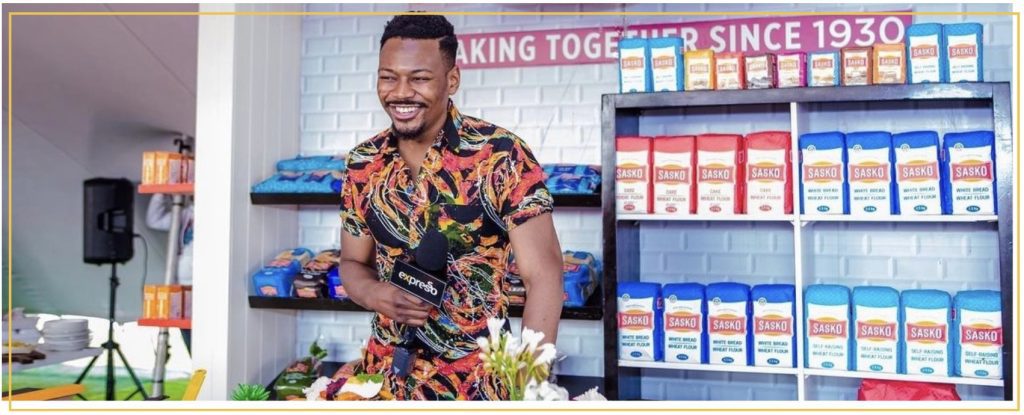
Why Experiential Marketing Drives Results
While the above steps highlight the how, it’s worth reiterating why experiential marketing delivers unmatched value for brands:
- It’s Memorable: Real experiences create emotional connections that linger long after the campaign ends.
- It Drives Action: Hands-on experiences often lead to direct purchases or follow-up engagement.
- It Builds Trust: Face-to-face engagement humanises brands, fostering trust and loyalty.
- It’s Amplifiable: Shareable moments spread your message organically across digital platforms.
At Matriarch, we’ve seen firsthand how tailored, creative campaigns turn moments into movements and engagement into loyalty.
Conclusion
Experiential marketing offers unmatched opportunities to connect authentically with your audience, creating real moments that resonate long after the event. Whether through roadshows, in-store activations, or brand launches, it ensures your brand remains top-of-mind.
Ready to bring your brand to life? Explore our case studies here. Let’s collaborate to create your next unforgettable campaign.

